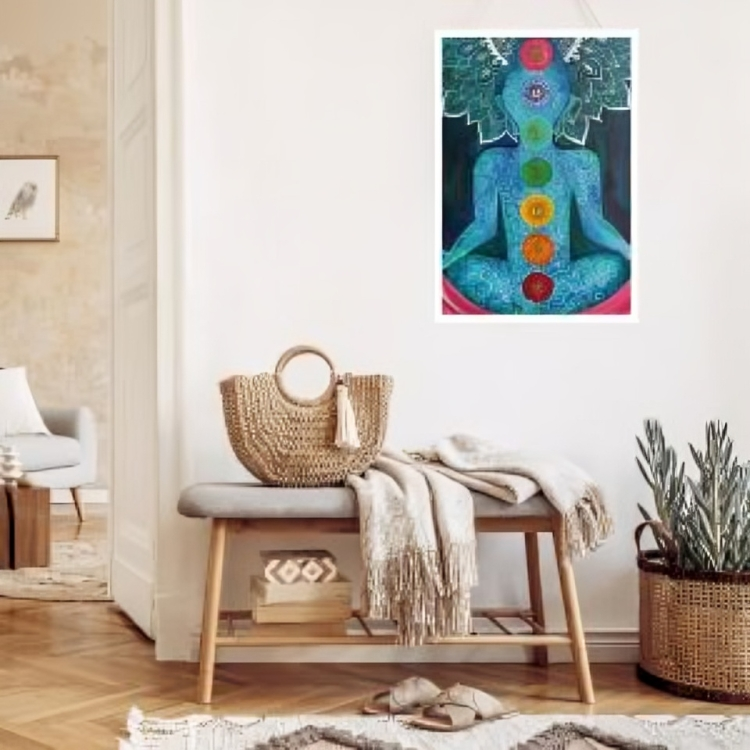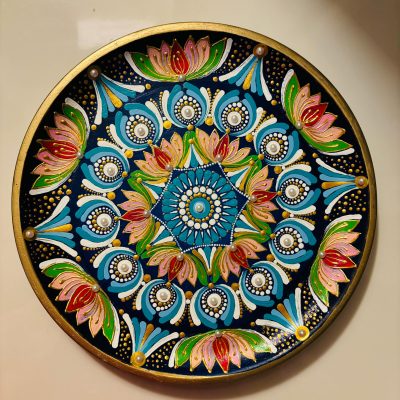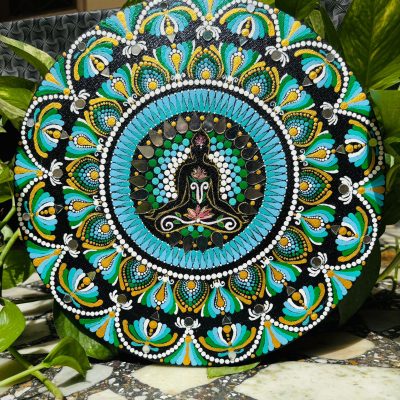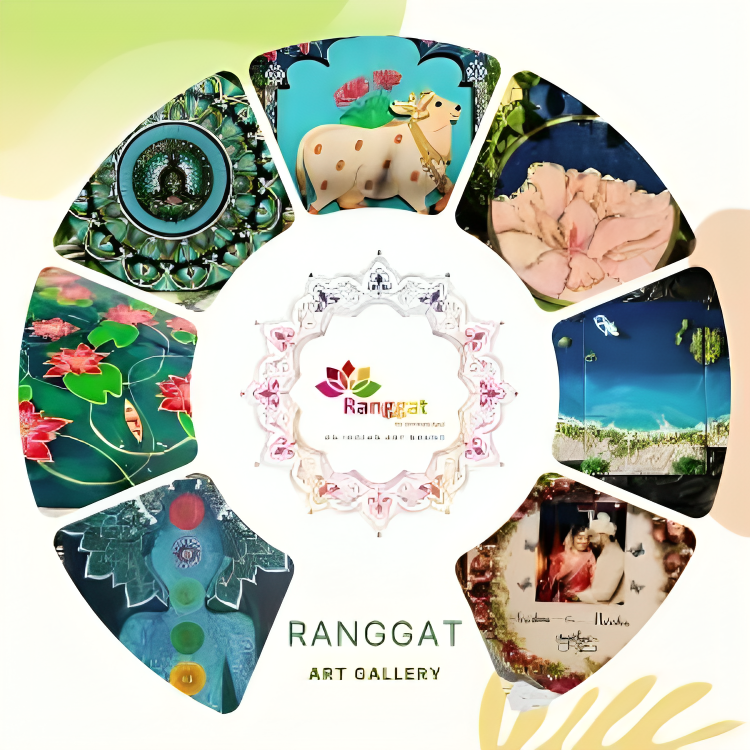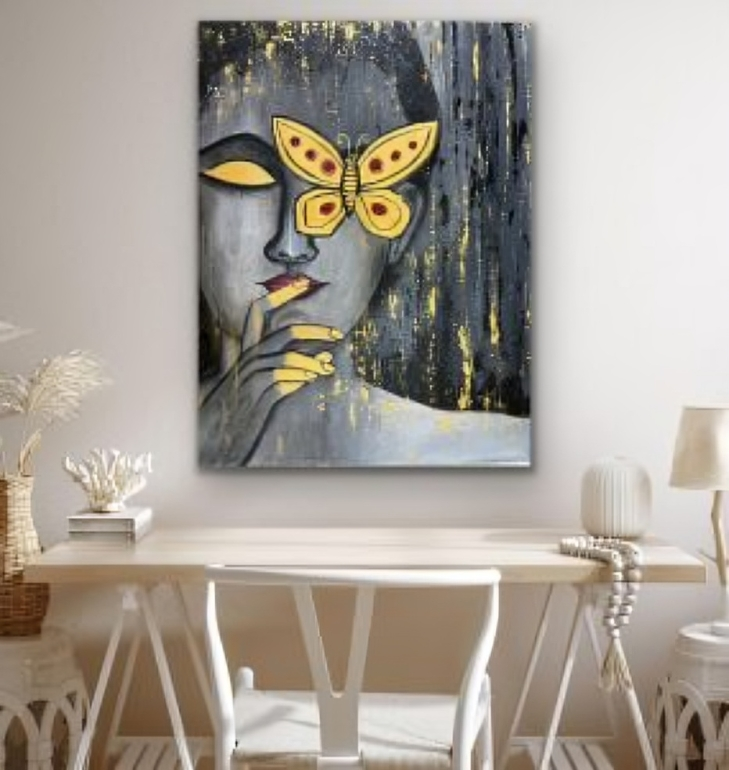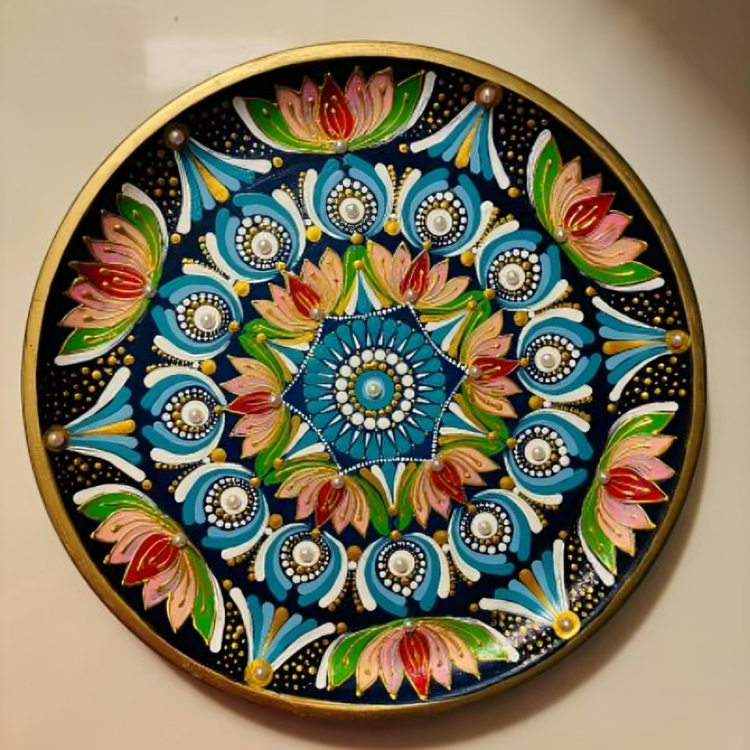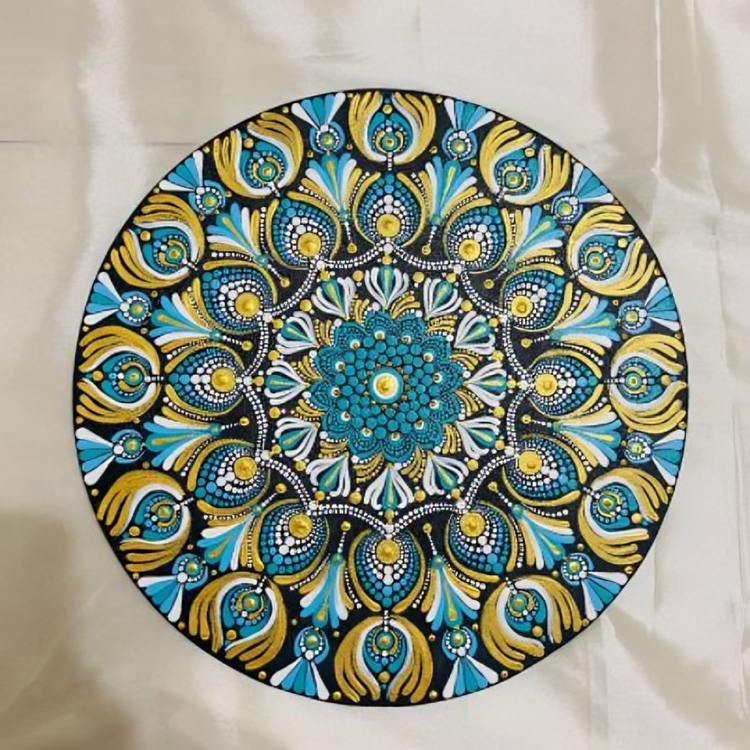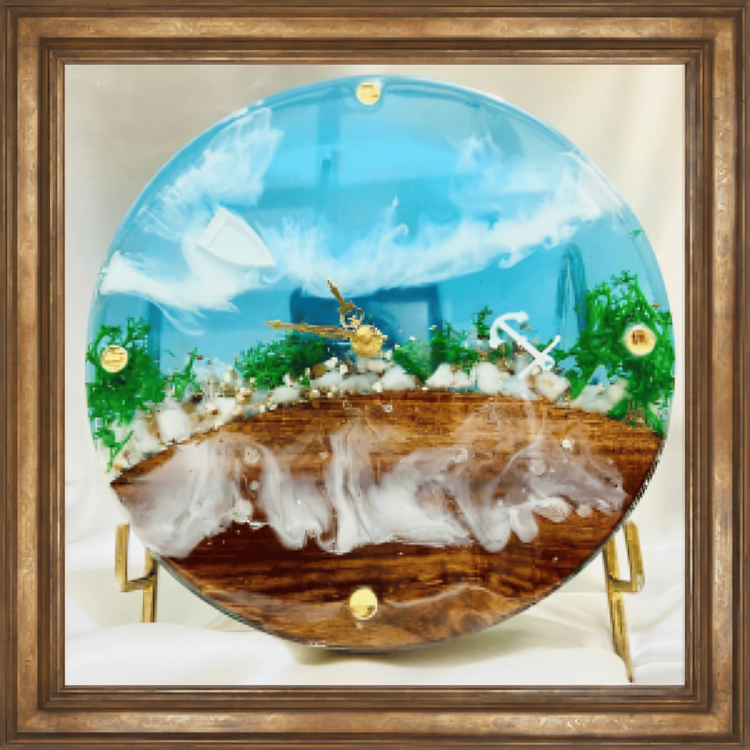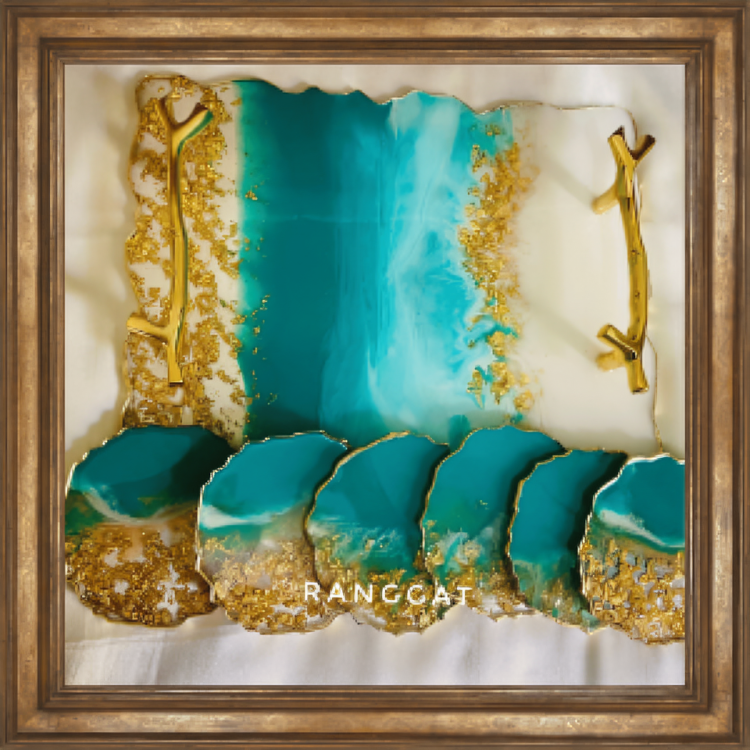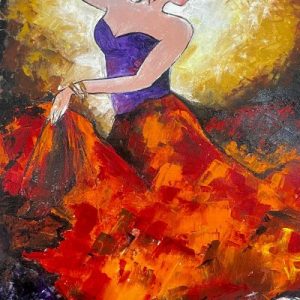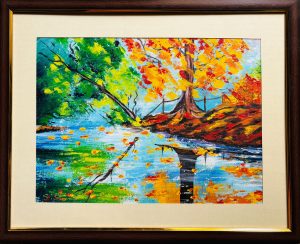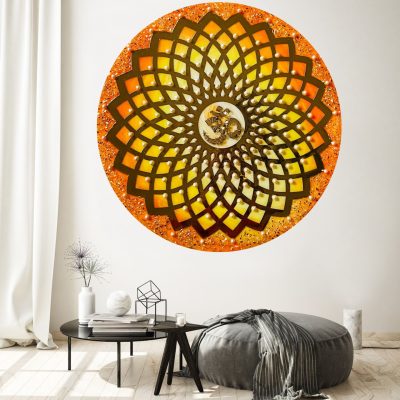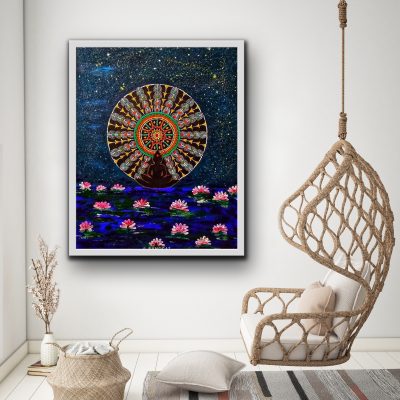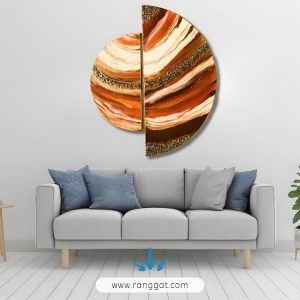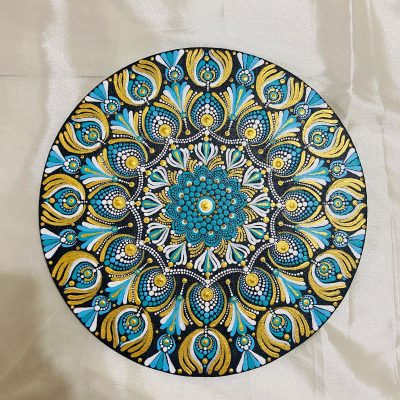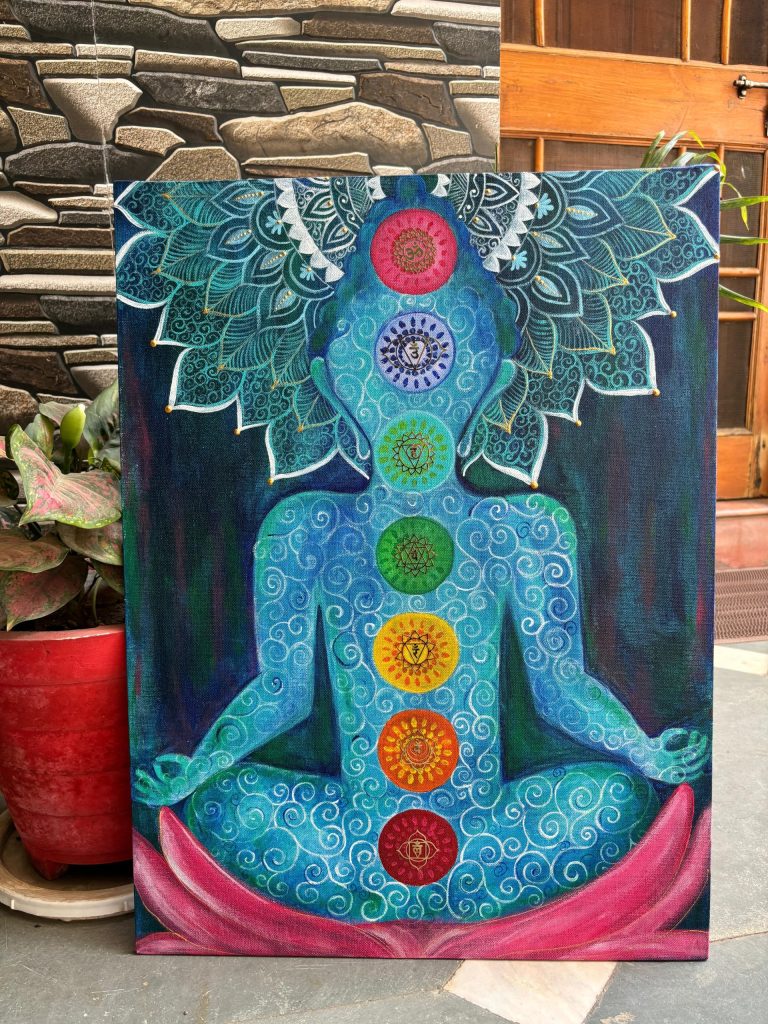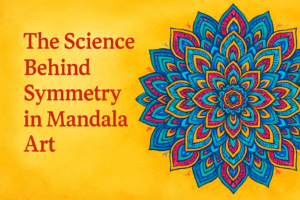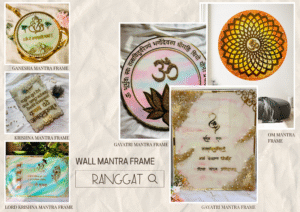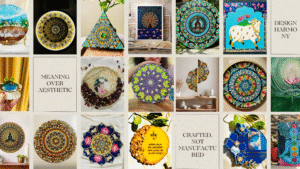Art has long been celebrated as a language that speaks to all people, evokes feelings, and changes people’s lives. However, art is an effective tool for self-discovery and healing that goes beyond its aesthetic value. As a Ranggat artist, I’ve witnessed firsthand how the creative process can reshape perspectives and rejuvenate the soul.
The Therapeutic Connection Between Art and Mindset
The idea of art therapy is not new; it has been used for centuries to provide a safe environment for people to express feelings that words cannot fully express. The act of creating, whether it be through painting, sculpting, or crafting, helps us process our feelings, relieve stress, and gain clarity.
Ranggat’s creations embody this therapeutic essence. Rooted in tradition yet contemporary in execution, each piece tells a story that invites introspection and emotional connection.
Ranggat’s Philosophy: Merging Tradition with Innovation
Ranggat art is more than just a visual experience; it’s a spiritual journey. The elaborate designs, vibrant colors, and thoughtful compositions embrace contemporary sensibilities while drawing inspiration from traditional knowledge. My goal as an artist is to incorporate this idea into every work, giving viewers an opportunity to stop, think, and re-establish a connection with themselves.
The Transformative Power of Ranggat’s Art
1) Promoting Mindfulness: The practice of mindfulness, which helps people remain in the moment, is promoted by creating art. The intricate details and harmonious designs of Ranggat’s masterpieces naturally draw you into the present.
2) Fostering Emotional Healing: Art can serve as a mirror reflecting your innermost feelings. Many admirers of Ranggat’s work have shared how certain pieces helped them process grief, find hope, or rekindle joy.
3) Inspiring Growth: Art challenges perspectives. Through the symbolic elements in Ranggat’s designs, viewers are often prompted to question, explore, and grow.
My Journey as a Ranggat Artist
Becoming a Ranggat artist has been a transformative experience in itself. It has taught me to see beyond the surface and appreciate the interconnectedness of all things. Each creation is a labor of love, designed to resonate with the human spirit and foster a sense of connection.
For me, art is not just about creating something beautiful; it’s about crafting experiences that heal, inspire, and elevate. Seeing how Ranggat’s pieces touch lives is a constant reminder of art’s profound impact on the human psyche.
Bringing Ranggat Art Into Your Life
Whether you’re an art enthusiast or someone seeking solace in creativity, Ranggat’s art offers a gateway to transformation. Displaying a piece in your space can create an atmosphere of calm, inspire daily reflections, or simply serve as a reminder of life’s beauty.
If you’re curious to explore the therapeutic power of Ranggat’s creations, I invite you to immerse yourself in this world of art that transcends the ordinary. Together, let’s embrace the transformative journey that art offers and let it guide us to a more mindful, inspired, and fulfilled existence.

